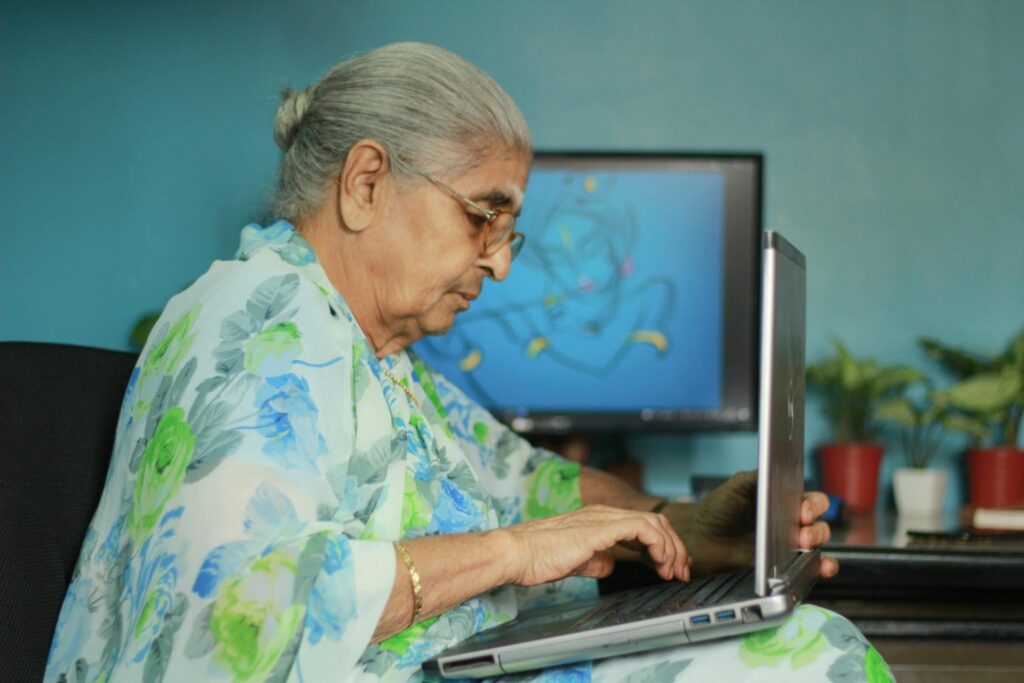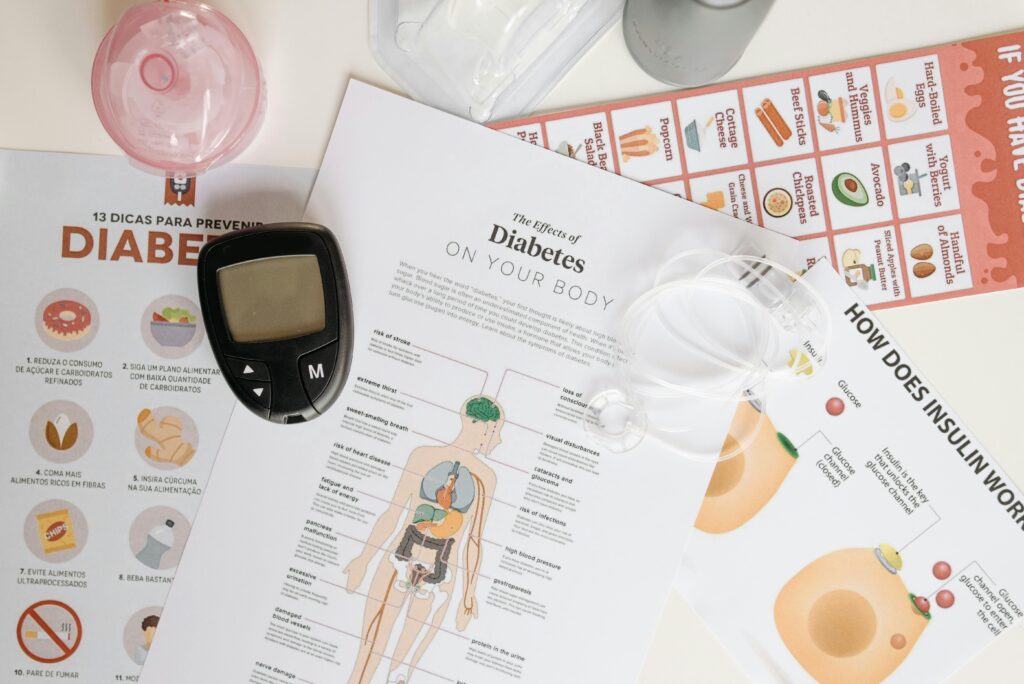You’ve just had your morning filter coffee, you’re feeling great, and you decide to check your BP — because, you know, being 50+ means it’s part of your new daily routine. You strap on your home BP monitor, press the button, and—whoa! 165/98? Yesterday it was 123/79! Is your blood pressure on a roller coaster? Or is your BP monitor just playing games?
If you’ve ever looked at your BP monitor and wondered whether it’s telling the truth, you’re not alone. Let’s dive into the mystery of the “lying” BP machine and how to take charge of your home monitoring — the smart way.
The BP Monitor: Friend or Foe?
Blood pressure machines are supposed to make our lives easier, not give us palpitations. But here’s the catch: they’re only as good as the way we use them.
If you’re not using your BP monitor properly, it may be giving you readings that are way off the mark. And at 50-plus, accuracy is everything.
So… Is Your BP Monitor Lying?
Technically, no. But practically? Maybe.
Most of the time, the issue is not with the machine itself but how it’s being used. A few small errors in your routine can make a huge difference in your reading — and your peace of mind.
Let’s break it down.
1. Timing Is Everything
Don’t check your BP right after a spicy breakfast, an argument with your spouse, or climbing stairs to fetch your reading glasses. Wait at least 30 minutes after eating, exercising, smoking, or having caffeine. Sit quietly for 5 minutes before you begin.
Best times to check?
- Once in the morning (after waking but before breakfast)
- Once in the evening (before dinner, not right after it)
And if your doctor asked you to track it for a few days? Stick to the same times every day for consistency.
2. The Chair, The Armrest, The Feet – They All Matter
You’re not on a throne, but posture is key.
- Sit in a straight-backed chair, not on the bed or a sofa.
- Keep your feet flat on the floor. Don’t cross your legs!
- Support your arm on a table so that the cuff is at heart level.
Slouching or holding your arm in the air like you’re waiting to answer a quiz show question? That can throw off the results big time.
3. The Cuff Game – Size Matters
Yes, cuff size matters. If it’s too tight or too loose, you’ll get a faulty reading.
- Use the cuff that came with the monitor. Don’t swap it with your neighbour’s or old one from 2002.
- Wrap it snugly around your upper arm – about one inch above the bend of your elbow.
- Avoid clothing between the cuff and your skin. That soft cotton kurta might be comfy, but it’s messing with your BP reading.
4. One Reading Is Not Enough
If you get a scary high or weirdly low number, don’t panic.
Always take 2–3 readings, one minute apart. Then average them.
And never make changes to your BP medication based on a single home reading. That’s like quitting your job because of one bad day at the office.
5. White Coat Syndrome at Home? It’s a Thing.
You might think White Coat Syndrome only happens at the doctor’s office. But guess what? You can trigger it yourself — just by being anxious.
“Is it going to be high again?”
“What if it’s worse than yesterday?”
“Should I call my son in the US?”
Take a few deep breaths. Focus on your breathing. Calm your mind before checking.
6. Keep a Log (Yes, a Real One)
Don’t trust your memory. BP readings are slippery. Write them down or use your monitor’s memory feature (if it has one).
Better still, maintain a simple BP log on paper or an app. Note the time, reading, and any unusual factors (like “Had tea just before” or “Just yelled at the cable guy”).
Your doctor will thank you — and be able to give you better advice.
7. Beware of the Battery Blues
Digital BP monitors run on batteries. Low battery? Low accuracy.
Always keep an eye on the battery indicator or change the batteries every few months. If it starts giving you wildly different readings within minutes, suspect the power source.
Also, don’t knock the machine around. It’s not a cricket ball. Treat it gently and store it in a dry place.
8. Don’t Obsess Over Daily Fluctuations
It’s natural for your BP to vary slightly during the day. It goes up and down depending on your activity, stress, hydration, and even the weather.
Look for trends over weeks, not panic over one odd reading.
9. Choose the Right Monitor
If you’re buying a new monitor, go for a validated upper arm monitor — not the wrist or finger ones.
Wrist monitors are like gossip: convenient but not always reliable.
Look for monitors recommended by medical bodies. Ask your doctor to suggest one or check if yours is accurate by comparing it with a clinic reading once in a while.
10. When to Call the Doctor
So you did everything right, and still got a BP reading that looks like it belongs in a horror movie? Call your doctor if:
- Your systolic (upper number) is over 180 or
- Your diastolic (lower number) is over 120, especially if you feel dizzy, short of breath, or have chest pain.
But don’t make decisions on your own. Your doctor is your partner in this journey — not Google or your WhatsApp group.
The 50s: A Decade of Wisdom — and Watching Your Health
Your 50s are a beautiful time. You’ve lived, learned, and now you’re living smarter. But with age comes the responsibility to monitor your body — especially blood pressure.
Home monitoring can help you detect problems early, manage medication better, and live with more peace of mind. But only if done right.
So no, your BP monitor isn’t lying. It might just need you to be a bit more mindful.
And hey — isn’t that what our 50s are all about?
Final Thought:
Don’t let the machine scare you. Use it as your ally. And remember: your BP monitor works best when you are calm, cool, and in control.
Let’s hear from you—do you trust your home BP monitor? Or has it ever pulled a fast one on you?
Comment below, share this with someone in their 50s who needs it, and don’t forget to subscribe for more everyday health wisdom.






